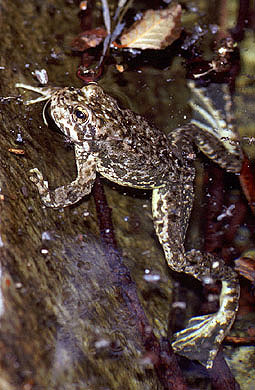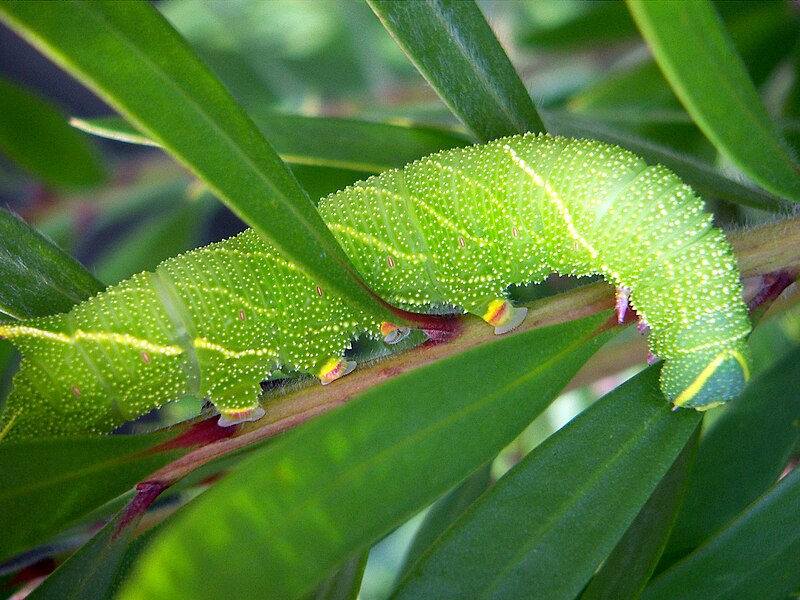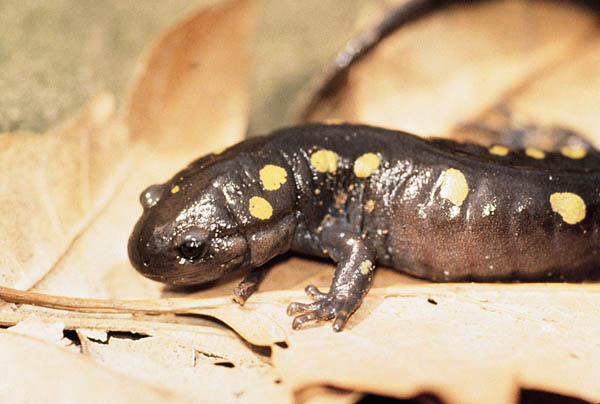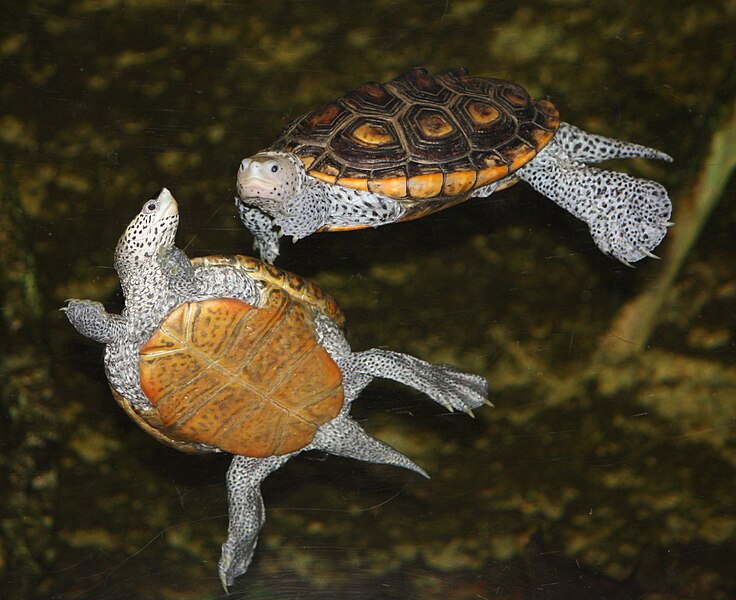A life engrossed in herpetology has provided me with more adventures than I dared expect. From tagging Leatherback Turtles in St. Croix to heaving Green Anacondas from a Venezuelan swamp, I’ve been quite fortunate. But I’ve always known that natural wonders are also plentiful close at hand. In fact, one of my most exciting herping trips took place in a NYC suburb.
Note: I’d enjoy hearing about your own unforgettable (and “wish you could forget”!) herping experiences. Whether your tales involve garter snakes in the backyard or crocodile monitors in New Guinea, please write in so that I can share them with other readers, thanks.
Turtle Enthusiasts Gather at SUNY Purchase
In July of 1993, I attended an amazing, week-long international conference held in Westchester County, NY – The Conservation, Restoration and Management of Tortoises and Turtles. Hosted by the dedicated folks at the NY Turtle and Tortoise Society, this gathering of leading professionals and serious hobbyists has, in my experience, yet to be matched. The 500-page conference proceedings are an invaluable resource, and I highly recommend them to anyone with more than a passing interest in turtles and tortoises. You can order the proceedings, for the unbelievable price of $20, here. Read More »
 That Reptile Blog – Reptile, Amphibian and Exotic Pet Care and Information
That Reptile Blog – Reptile, Amphibian and Exotic Pet Care and Information




